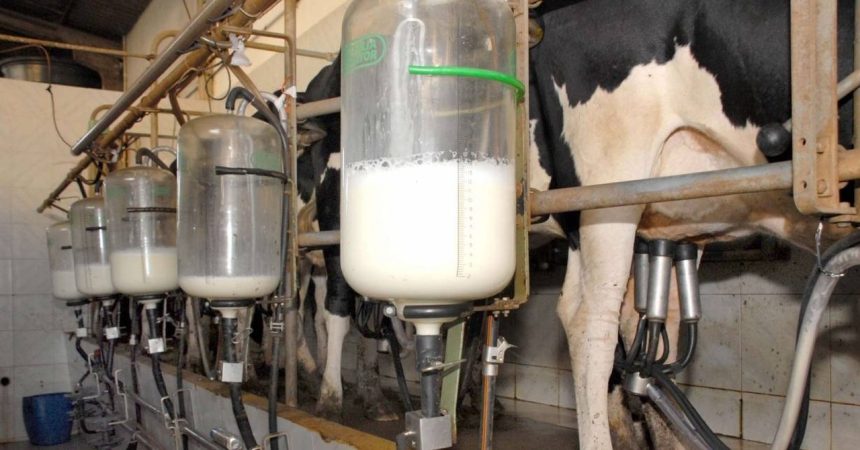The fall in the birth rate, and a drop in demand for milk and dairy products that also accompanies the general slowdown in consumption in the country, are causing strong surpluses, with many small producers forced to close their doors in the face of sales prices below production costs, he wrote a Reuters last Friday.
According to the same publication, the drop in consumption is also leading to a decrease in imports, with a reduction in purchases of milk and dairy products abroad of 13% in the first eight months of this year, compared to the same period last year.
"Purchases of milk powder, which account for more than a third of imports, are now 21% lower than they were a year earlier," writes Reuters, citing data from the country's customs.
The agency writes that the current milk surplus is one of the unintended consequences of the Chinese authorities' efforts in recent years to encourage increased supply and promote consumption of dairy products in the country. Since 2018, milk production in China has increased by 36%.
Consumption, however, is falling. Official Chinese statistics indicate that after reaching a consumption of 14.4 kilograms per capita in 2021, milk consumption per inhabitant fell the following year to 12.4 kilograms.
In 2023, the birth rate hit an all-time low in China, at 6.39 births per thousand inhabitants (12.43 in 2017). The slowdown in the economy is also limiting the population's consumption, without the promotion of consumption of higher value-added dairy products, such as cheese or butter, producing results. Four-fifths of the country's consumption of dairy products is still milk.
Meanwhile, the average selling price of milk by producers has been below average production costs since last year, at 3.8 yuan per kilogram, equivalent to 0.5 dollars.
The agency indicates that China's exports of dairy products are up 8.9%, with the country disposing of 55,100 tons in the first half of this year. However, this is only a small fraction of what the Chinese units are overproducing.
(Photo DR)


Leave a Reply